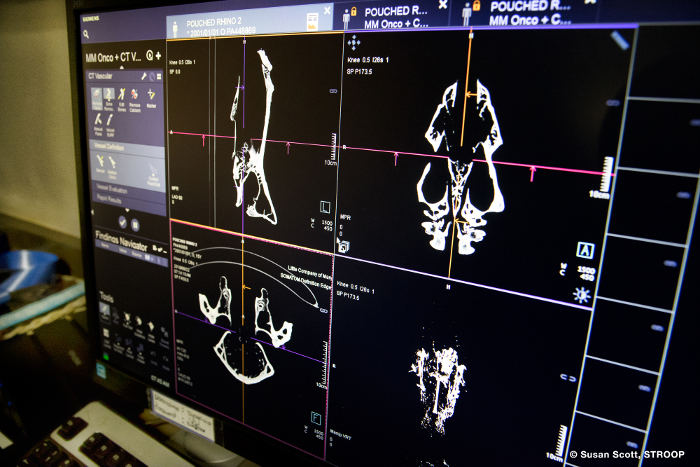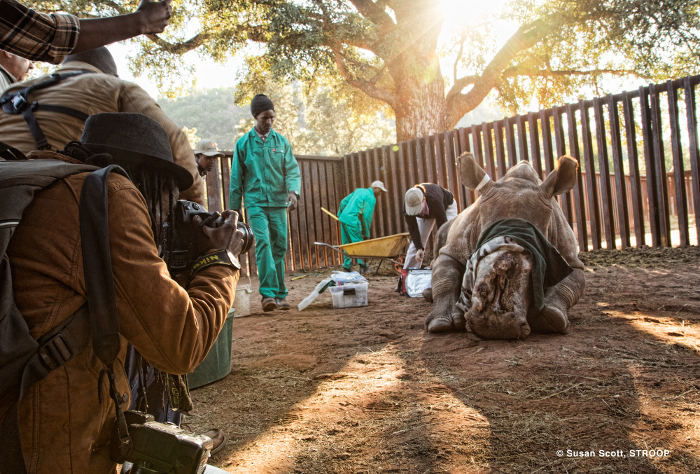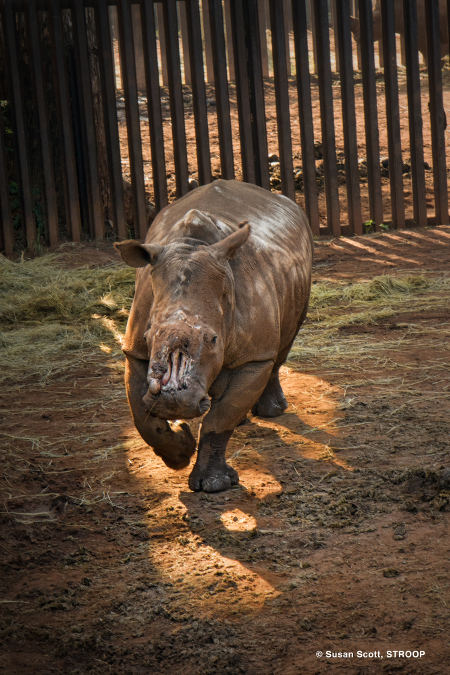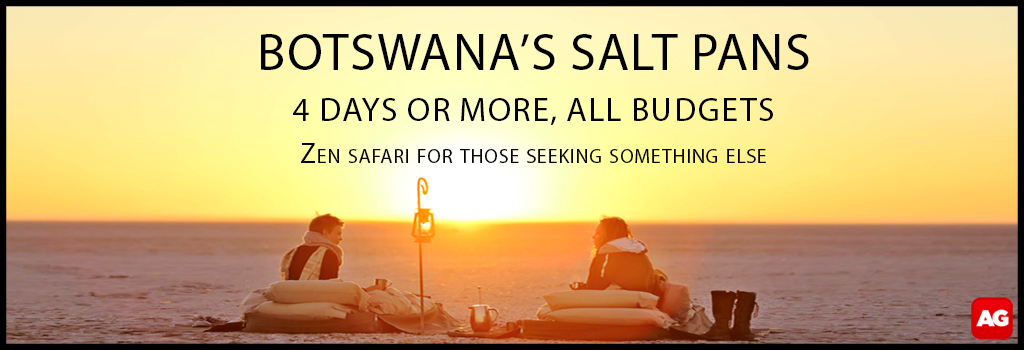Award-winning filmmakers Susan Scott and Bonné de Bod are currently filming the much-anticipated documentary film, STROOP. The duo are in the editing stage, and the film about rhino poaching is due for release by the end of 2016. Bonné is well-known as a South African wildlife television presenter. The special story of Hope has temporarily paused their journey.
We all know the image of a rhino poaching by now. We have seen the bloated carcass of a once majestic animal and, of course, the cruel empty space of missing horns set against blood-red tissue and bone.

Early on in our filming of STROOP, we realised that once… well, once was enough for most folk. We were new to partnering social media with filming, but it was and still is our connection with those who fund the film – the public. Not only is it vital for us to share our filming journey, but it’s also a great way for us to see immediately what people want to know more about and what they don’t like. And what they don’t like are pictures of dead rhinos with hacked-out faces lying rotting in the African sun. Literally, the minute we share a post with a poaching image, we lose followers on our page, and we’d receive messages saying images like this should not appear in early morning coffee time on Facebook feeds! So people care about our rhinos and are worried about the crisis, but not the gore, the reality smacking them in the face.
All this changed just over a year ago.

A horrific photo of mangled pink tissue against a backdrop of grey skin showed up in our news feed. This time, though, the rhino was alive. She had been darted and left for dead after the poachers cut deeply into her sinuses, removing most of her face. It was incredibly tough to look at this image of what was left and even harder to believe she had survived for days before being found. She was moved to Shamwari’s rehabilitation centre, where the veterinary organisation Saving The Survivors was called in to start treatment on her face.

It seemed an impossible task, and a controversial one too, as many in the “rhino industry” disapproved, wanting her to be put down – euthanised because she was beyond care. Those working with the rhino named her Hope.
Dr Johan Marais, CEO of Saving The Survivors, is one of our characters in STROOP. We had been with him before on treatments of poached rhino survivors, but nothing prepared us for seeing Hope.
As Bonné said, “You can look at photos and feel a pull in your stomach at the brutality and how painful that must be for her. But when you smell the fresh tissue and blood, when you hear her breathing through that mangled mass, and you turn to look at what’s left of her face, and she looks at you and then blinks … wow. You can’t explain that. And that’s my job, explaining this to people who can’t be there. How do you do that when there aren’t words made for this?”
httpv://youtu.be/eaj_DfvAmK0
Clearly, this resonated with people around the globe. Almost overnight, Hope became a media sensation. She was featured in hundreds of print publications and on all the major news channels and networks worldwide. She suddenly became the most famous rhino on the planet, and social media peeps couldn’t get enough of her. Posts went viral. Americans, Europeans, Australians, Egyptians, Brazilians, Ukrainians, Fijians… every corner and every far-flung place, thousands of miles away from the Eastern Cape shrubbery of her home, wanted more information. How much she was eating, what she was eating and most especially, her wound covering and the technology involved in her many operations became long discussion points on Facebook.

The healing process under her wound covering was obviously becoming itchy for Hope. Dr Marais and the team of vets would drill screws into what was left of her bone structure to hold a variety of coverings ranging from fibreglass to metal to cutting-edge materials from the military and even cured elephant skin. Varieties of surgical steel wire and different binding techniques were used to hold the covering where there was no bone or where sections of her top lip used to be. But this gal always found ways to rip the coverings off!


She was also quite bad-tempered, and who can blame her? When a new boma structure was being built for her, she would stand at the top of a hill in her enclosure, move her head side to side to look through her bandages at people working at the boundary and then move her massive two-tonne body in a full-blown charge down towards the fleeing workers! She would only stop millimetres from the fence line, causing everyone to draw breath at the expected damage to her face from fence posts. The thought that this animal was feisty or an emotional eater fuelled social media even more. Her global reach has been impressive for sure, but she has given a face to rhino poaching that no human could ever do. With each operation, she shows us all the struggle to survive. To get back to normal when it’s quite clear “normal” is as difficult as landing on Mars.
It’s been a year of operations and searching for ways to do the impossible and close the wound. It’s hard to believe that in seven years of poaching, so little is known about the facial structure of rhinos. Dr Marais, also a professor at Onderstepoort, has been cutting up rhino heads from carcasses and x-raying, MRI and CT scanning rhino skulls in a desperate effort to know more about what lies behind Hope’s damage.


The journey of finding solutions has, of course, been shared on social media and has had the mushroom effect of finding ideas from all over, especially those never used before on animals. A Canadian plastic surgery technique of pulley systems and “glue-on-steroids” is now being used on her in the hopes of pulling the wound closed. It beggars belief but it seems to be working. Her face has changed dramatically, and there are always never-ending discussions about this online. But Hope being Hope, she has also thrown her facial surgeons by, unbelievably, growing a new back horn!


We look forward to including this incredible animal in our film, and as Bonné so appropriately said after the first time she saw her, “I felt so privileged to be making eye contact with this animal who has been made ugly by human greed but has become so beautiful because of her desire to live.”
To comment on this story: Login (or sign up) to our app here - it's a troll-free safe place 🙂.![]()
HOW TO GET THE MOST OUT OF AFRICA GEOGRAPHIC:
- Travel with us. Travel in Africa is about knowing when and where to go, and with whom. A few weeks too early / late and a few kilometres off course and you could miss the greatest show on Earth. And wouldn’t that be a pity? Browse our ready-made packages or answer a few questions to start planning your dream safari.
- Subscribe to our FREE newsletter / download our FREE app to enjoy the following benefits.
- Plan your safaris in remote parks protected by African Parks via our sister company https://ukuri.travel/ - safari camps for responsible travellers






